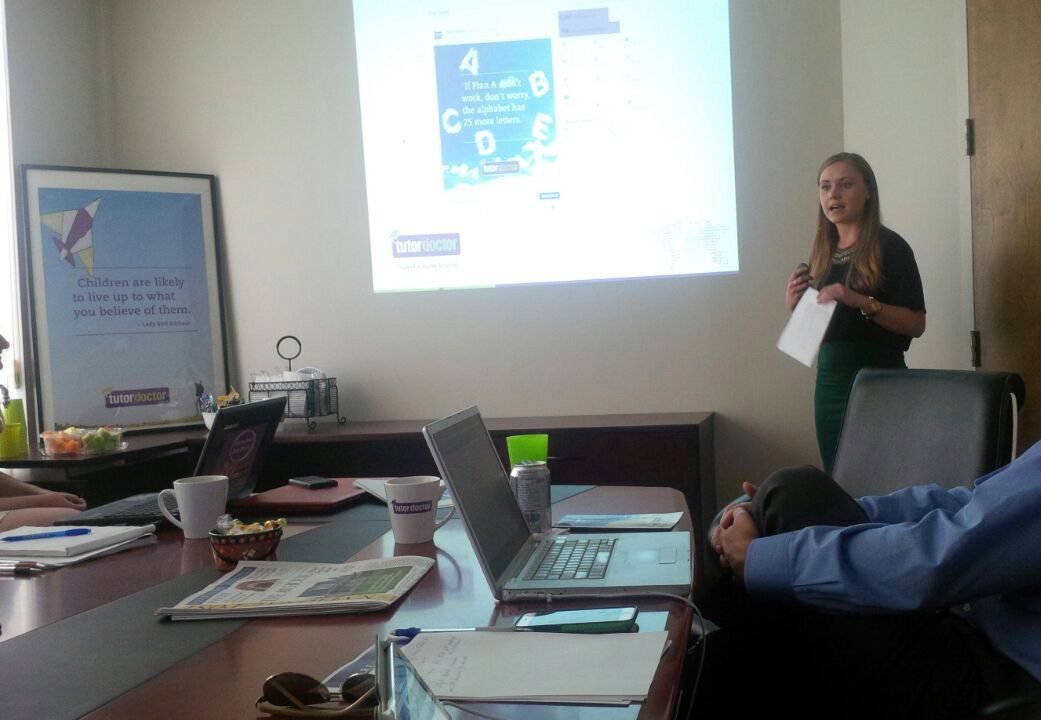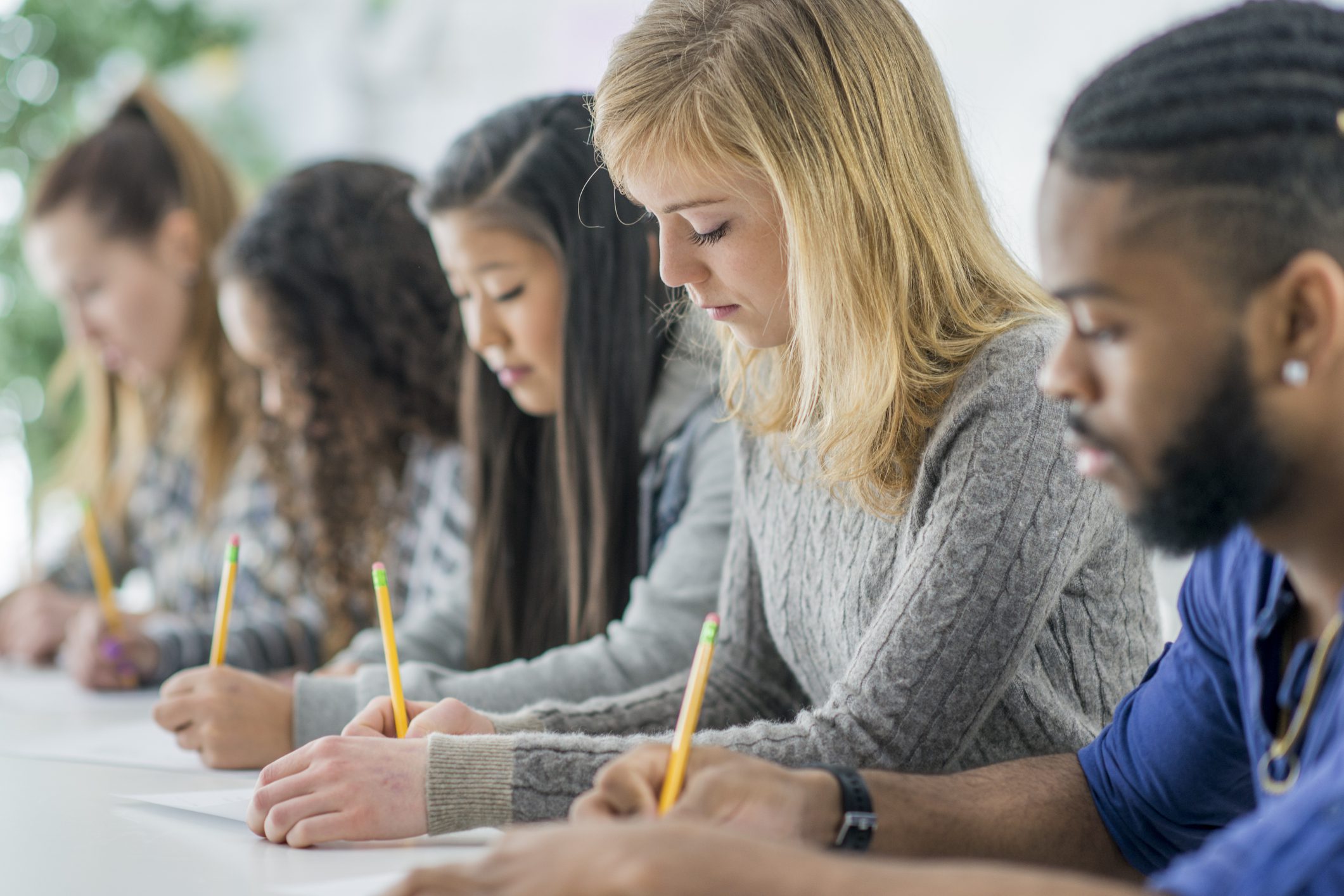Every child can learn, but they don’t all learn in the same way or at the same time. While teachers try to cover as many learning styles as they can with each lesson, the traditional classroom set up doesn’t lend itself to some learning styles. Knowing your child’s learning style will help you to present information in a way that makes it easy for them to understand.
Is your child not fulfilling their potential?
Do you know that your child is smart, but their grades just don’t reflect their potential? It may be that the learning style that best fits your child is not being utilized at school. Your child will lag further and further behind each year. Get a one-to-one tutor to find the right learning style, and fill in the missing blocks in your child’s knowledge and skill set.
An in-home and online tutor can also take the time to teach your child to convert information so that they are better able to understand and remember it. This will help them to be effective independent learners.
What learning style suits your student?
Auditory learners
Students who prefer this style of learning would do well in a traditional classroom where the teacher explains things at the front of the class. Auditory learners like to hear explanations and retain more information this way. You can encourage an auditory learner by getting them to:
- Read aloud from text books
- Record lectures and lessons and play them back
- Download sound files from the internet that pertain to the lessons they are focusing on
- Remember new information through word association
- Create songs and rhymes to remember large volumes of new information
Visual learners
Visual learners love pictures, graphics, videos and maps. They understand things better when they see visual representations of information and concepts. Visual learners will have great difficulty focusing in a purely auditory classroom. Without visual aids, they will not be able to concentrate. You can help a visual learners by:
- Providing pictures, maps, photos and illustrations
- Showing videos and movies about new information or when discussing new skills
- Highlighting or underlining important information
- Creating flow charts and mind maps to present new information and show the connection between concepts
- Flashcards are a great way to remember new information
Kinesthetic learners
These learners need to move, touch and feel. They have trouble sitting still and staying focused. In order to engage the kinesthetic learner, you must keep them moving. You can help kinesthetic learners by:
- Getting them to write notes or draw while learning
- Doing experiments, building models and making things that demonstrate new concepts and skills
- Reading aloud and tracking words on a page
- Frequent breaks with exercise and movement will help them to study
- Playing games and performing tasks are the best ways to get these learners to retain new information
Understanding how your child learns will help you to present lessons and information in a way that best suits them. You can ask your tutor to test your child for learning styles or you can do an online test like these:
LD Pride
pic by College Degree 360




